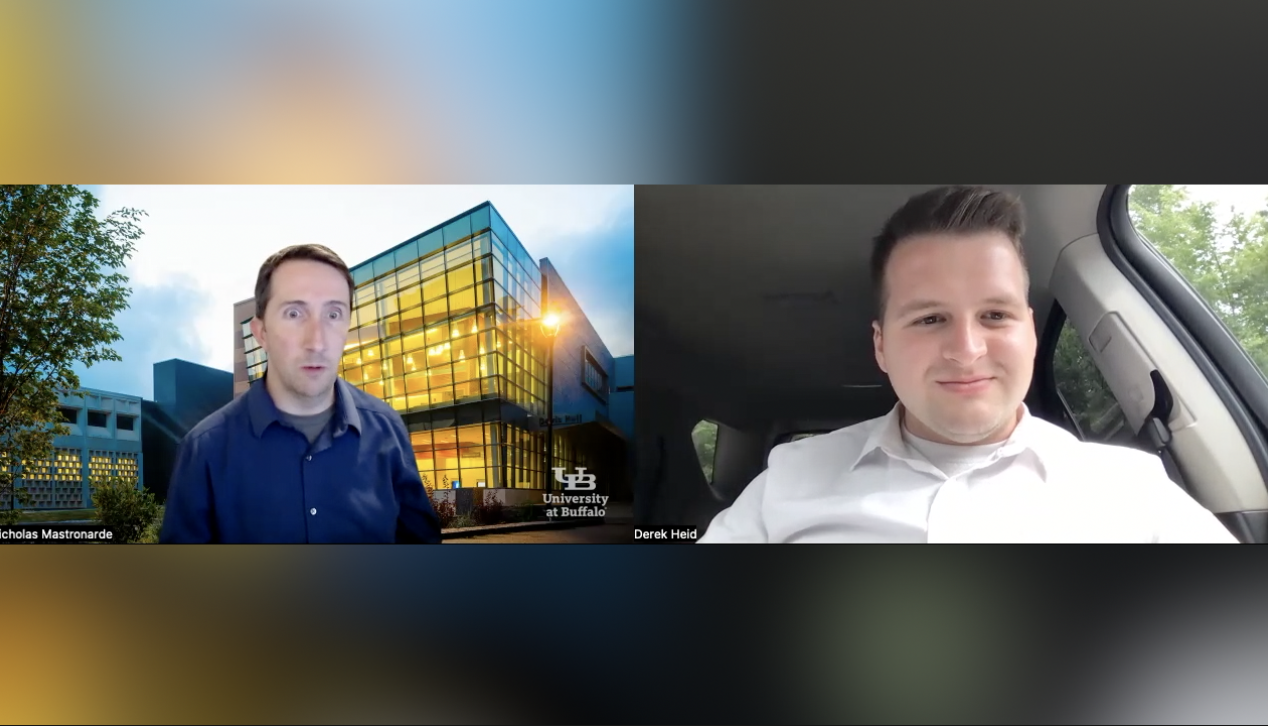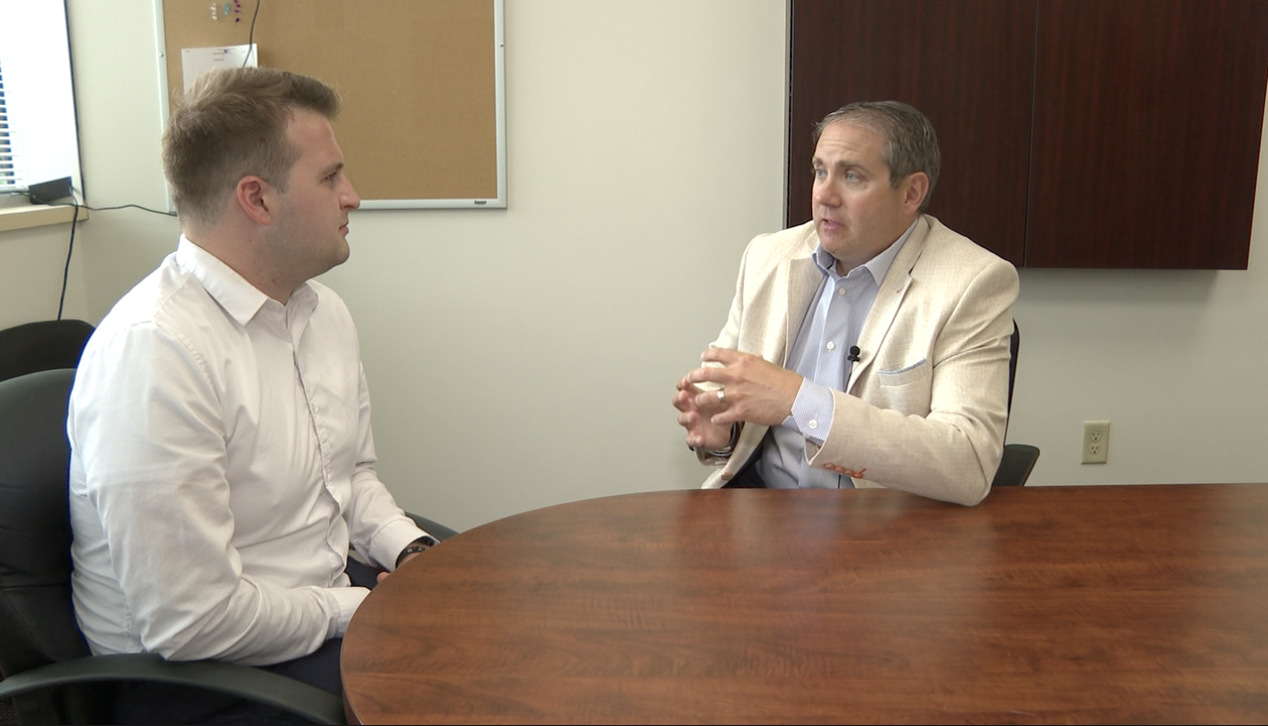BUFFALO, N.Y. — Cellphone service dead zones are all across our area, and after hundreds of comments from you, 7 News asked the experts why these poor coverage areas can be so dangerous.
Viewers have told us of their struggles from Akron to Cheektowaga to the local highways.

So far this month we have spoken to an Akron resident who said service in her area has been unreliable for over a year and has become a safety concern for community members.
We also spoke with customers and businesses on William Street in Cheektowaga, who all had the same complaint for the past several years, there’s no cell service, and they’re tired of waiting for a fix.
The importance of this isn’t just to spare the inconvenience of a phone call dropping mid-conversation but to understand that it could easily become a safety issue without access to directions or the ability to call for help.
“It’s more than just a phone call, our phones are our lifelines,” cyber security expert Arun Vishwanath said.
“It’s 2024, how do we still have dead zones in our cities?” 7 News reporter Derek Heid asked.
“Some of this infrastructure [that’s not yet updated] is still pretty old, and it’s just not equipped for the [population] density that comes and goes.”

Why is our service dropping in such a highly populated area?
“If there’s a lot of environmental obstacles between the cell tower antennas and you, the signal is going to have trouble getting to you,” University at Buffalo Department of Electrical Engineering Associate Professor Nick Mastronarde said.
“It sounds like it’s nearly impossible to have every square inch of city covered?” 7 News reporter Derek Heid asked.
“I would say yeah, it’s very difficult to guarantee that,” Mastronarde said.
According to Mastronarde, that seemingly simple fix of adding towers, may not be so simple.

“You have to add more antennas in more locations [to increase coverage], but that could cost a lot of money [from the service providers].”
Regardless of the cost, Vishwanath feels that those upgrades are paramount.
“It becomes a major issue from a coordination point of view and an emergency point of view,” Vishwanath said.
Those feelings are shared by Jeff Rinaldo. He is now the vice president of the Vista Security Group, but also a retired 25-year veteran of the Buffalo Police Department.

“Somebody that has a cell phone, especially in an urban environment, expects it to work anywhere that they are,” Rinaldo said.
To keep yourself safe, he says there are things you can do at home, like reporting it to your provider.
“There’s things the cell carriers can do in terms of towers and repeaters that they can put in place that should help boost signals, but if they don’t hear about it, then they don’t know about it.”
AT&T did not respond to a request for comment.
Verizon said in a statement:
Verizon is committed to building our network to meet the growing demands of our customers. We're always looking to make our network better; it's already the best network in Buffalo [rootmetrics.com], but we're never satisfied because we know our customers rely on us. That's why Verizon plans to boost capacity on our 4G LTE and 5G Ultra Wideband networks along Buffalo highways in the coming months.



